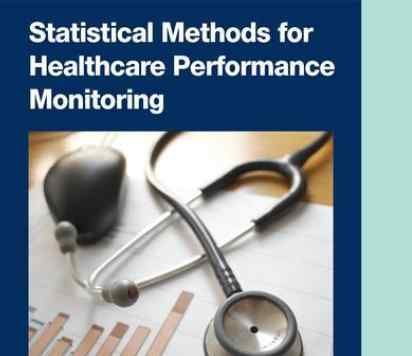BibTex format
@article{Balinskaite:2018:10.1136/bmjqs-2017-006681,
author = {Balinskaite, V and Bottle, A and Shaw, LJ and Majeed, A and Aylin, P},
doi = {10.1136/bmjqs-2017-006681},
journal = {BMJ Quality and Safety},
pages = {611--618},
title = {Reorganisation of stroke care and impact on mortality in patients admitted during weekends: a national descriptive study based on administrative data},
url = {http://dx.doi.org/10.1136/bmjqs-2017-006681},
volume = {27},
year = {2018}
}
RIS format (EndNote, RefMan)
TY - JOUR
AB - OBJECTIVE: To evaluate mortality differences between weekend and weekday emergency stroke admissions in England over time, and in particular, whether a reconfiguration of stroke services in Greater London was associated with a change in this mortality difference. DESIGN, SETTING AND PARTICIPANTS: Risk-adjusted difference-in-difference time trend analysis using hospital administrative data. All emergency patients with stroke admitted to English hospitals from 1 January 2008 to 31 December 2014 were included. MAIN OUTCOMES: Mortality difference between weekend and weekday emergency stroke admissions. RESULTS: We identified 507 169 emergency stroke admissions: 26% of these occurred during the weekend. The 7-day in-hospital mortality difference between weekend and weekday admissions declined across England throughout the study period. In Greater London, where the reorganisation of stroke services took place, an adjusted 28% (relative risk (RR)=1.28, 95% CI 1.09 to 1.47) higher weekend/weekday 7-day mortality ratio in 2008 declined to a non-significant 9% higher risk (RR=1.09, 95% CI 0.91 to 1.32) in 2014. For the rest of England, a 15% (RR=1.15, 95% CI 1.09 to 1.22) higher weekend/weekday 7-day mortality ratio in 2008 declined to a non-significant 3% higher risk (RR=1.03, 95% CI 0.97 to 1.10) in 2014. During the same period, in Greater London an adjusted 12% (RR=1.12, 95% CI 1.00 to 1.26) weekend/weekday 30-day mortality ratio in 2008 slightly increased to 14% (RR=1.14, 95% CI 1.00 to 1.30); however, it was not significant. In the rest of England, an 11% (RR=1.11, 95% CI 1.07 to 1.15) higher weekend/weekday 30-day mortality ratio declined to a non-significant 4% higher risk (RR=1.04, 95% CI 0.99 to 1.09) in 2014. We found no statistically significant association between decreases in the weekend/weekday admissions difference in mortality and the centralisation of stroke services in Greater London. CONCLUSIONS: There was a steady reduction in weekend/weekday differences i
AU - Balinskaite,V
AU - Bottle,A
AU - Shaw,LJ
AU - Majeed,A
AU - Aylin,P
DO - 10.1136/bmjqs-2017-006681
EP - 618
PY - 2018///
SN - 2044-5415
SP - 611
TI - Reorganisation of stroke care and impact on mortality in patients admitted during weekends: a national descriptive study based on administrative data
T2 - BMJ Quality and Safety
UR - http://dx.doi.org/10.1136/bmjqs-2017-006681
UR - http://hdl.handle.net/10044/1/54799
VL - 27
ER -
